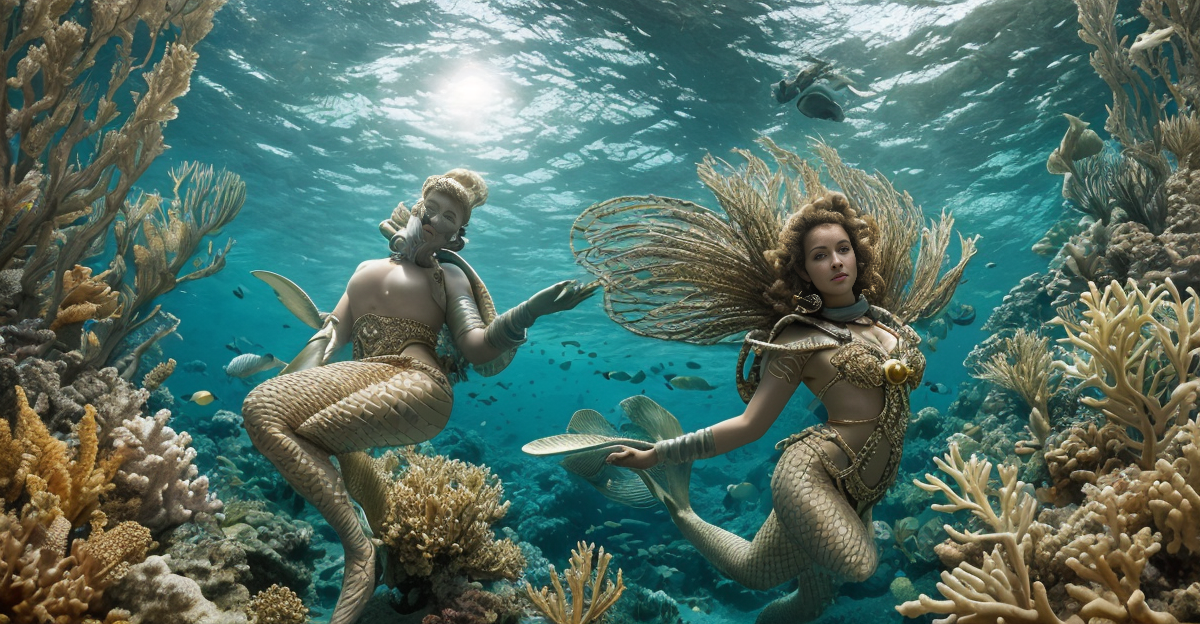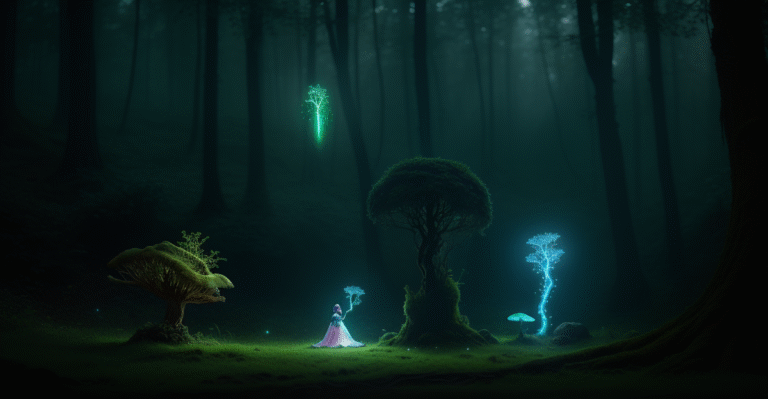
Dive into the captivating world of Ama divers, the genuine "ocean mermaids" of Japan and Korea! This
Forget Ariel! Could the mythical mermaid legend be rooted in reality? Ancient DNA reveals extraordinary adaptations in female divers, suggesting an almost superhuman ability to thrive underwater. Prepare to be amazed!
Ocean Mermaids? Ancient DNA & Surprising Female Diver Adaptations
We’ve all been captivated by mermaid tales, those enchanting creatures of the sea. But what if the truth behind the myth was even more compelling? Scientists have been delving into the past, and their discoveries are truly remarkable.
By analyzing ancient DNA, they’re uncovering the secrets of female divers, revealing how their bodies evolved to withstand the noteworthy pressures and harsh conditions of the deep-sea environment. Ready to dive in?
The Ama Divers: A Legacy of Breath-Holding
For centuries, the Ama divers of Japan and Korea have fascinated the world with their noteworthy free-diving prowess. These women, often without any breathing apparatus, plunge to depths of up to 60 feet to harvest pearls, shellfish, and seaweed.
Historical Context and Cultural Significance
The history of Ama diving stretches back over 2,000 years, with evidence pointing to its origins in Japan. Initially, both men and women participated, but women gradually became the dominant practitioners.
Several theories explain this shift, including women’s naturally higher body fat percentage providing better insulation in cold water, and their potentially superior breath-holding capabilities.
Ama divers are more than just workers; they are vital members of their communities, embodying strength, skill, and a profound connection to the ocean.
The Physical Demands of Free Diving
Free diving is an extreme activity that pushes the human body to its absolute limits. Ama divers face a constant barrage of physiological challenges, including:
- Hypoxia: Oxygen deprivation in the brain and body, potentially leading to blackouts.
- Pressure Changes: The intense pressure at depth can cause barotrauma, affecting the ears, sinuses, and lungs.
- Thermal Stress: Prolonged exposure to frigid water can result in hypothermia.
The fact that Ama divers can endure these conditions, day after day, is truly extraordinary.
The Longevity of the Ama Diving Tradition
Despite the availability of modern diving technology, the Ama tradition endures, although the number of practitioners is declining.
This longevity provides a unique opportunity to study the long-term effects of extreme environmental exposure on human physiology.
Unveiling the Genetic Adaptations: A Deep Dive into DNA
The real magic begins when scientists analyze the DNA of these remarkable women.
By comparing the genetic makeup of Ama divers with that of other populations, researchers are starting to pinpoint specific genes that may contribute to their exceptional diving abilities.
Methods of Ancient DNA Analysis
Analyzing ancient DNA is a complex and painstaking process. Researchers meticulously extract DNA from skeletal remains, often recovered from archaeological sites near traditional Ama diving areas.
The DNA is then amplified and sequenced, allowing scientists to identify specific genetic markers. Because this process is highly susceptible to contamination, strict protocols are essential to ensure accuracy.
Genes Linked to Enhanced Diving Abilities
Several genes have emerged as potential candidates for contributing to the Ama divers’ extraordinary capabilities. These genes are frequently associated with:
- Enhanced Oxygen Utilization: Genes that improve the body’s efficiency in using oxygen, reducing the risk of hypoxia.
- Increased Lung Capacity: Genes that promote larger lung volume, allowing for longer breath-holds.
- Improved Cardiovascular Function: Genes that optimize blood flow and heart function under pressure.
Comparing Genes Across Populations
The most compelling evidence arises from comparing these genes with those found in other populations, including non-diving populations and even marine mammals renowned for their diving abilities, such as seals and whales.
If Ama divers possess unique variants of these genes, or if their gene frequencies differ significantly from the norm, it strengthens the argument for natural selection driving adaptation.
The “Splenic Contraction” and Other Physiological Marvels
Beyond genetics, the Ama divers exhibit a range of physiological adaptations that help them survive and flourish underwater. One of the most fascinating is the “splenic contraction.”
The Splenic Contraction Reflex
The spleen serves as a reservoir for red blood cells. During breath-holding, the spleen contracts, releasing these oxygen-rich cells into the bloodstream.
This provides a temporary boost in oxygen supply, extending the time a diver can remain submerged.
Enhanced Splenic Contraction in Ama Divers
Studies suggest that Ama divers exhibit a more pronounced splenic contraction response compared to average individuals.
This means they can release a greater number of red blood cells during breath-holding, giving them a significant advantage underwater.
Other Potential Physiological Adaptations
Other potential adaptations under investigation include:
- Increased Blood Volume: A higher blood volume allows for greater oxygen storage capacity.
- Improved Peripheral Vasoconstriction: This refers to the narrowing of blood vessels in the extremities, redirecting blood flow to vital organs like the brain and heart during breath-holding.
These adaptations, coupled with genetic factors, create a portrait of a population uniquely adapted to a demanding environment.
Evolutionary Implications: Natural Selection in Action
The story of the Ama divers offers a compelling example of natural selection at work.
Over generations, individuals with genetic traits that enhanced their diving abilities were more likely to survive and reproduce, passing those traits on to their descendants.
This process has shaped the genetic makeup of the Ama population, resulting in a group of people uniquely adapted to the rigors of free diving.
Natural Selection and the Ama Divers
The unforgiving conditions of free diving – hypoxia, pressure, and cold – have acted as selective pressures, favoring individuals with adaptations that mitigate these challenges. This is a powerful demonstration of how environmental factors can influence human evolution.
Similar Adaptations in Other Diving Populations
It is likely that other populations with similar diving traditions around the world may also exhibit comparable genetic and physiological adaptations. Further research is needed to explore this possibility, potentially uncovering even more insights into human adaptability.
Broader Implications for Understanding Human Adaptability
The findings from the Ama divers have broader implications for understanding human adaptability and evolution in challenging environments.
They demonstrate the remarkable capacity of the human body to adapt to extreme conditions and provide insights into the genetic and physiological mechanisms that underlie this adaptability.
Conclusion
Ancient DNA analysis has revealed remarkable genetic adaptations in female divers, highlighting the power of natural selection to shape human physiology in response to environmental pressures and cultural practices.
These findings shed light on how humans can adapt to extreme conditions and provide insights into the evolutionary history of specialized populations.
The story of the Ama divers is a testament to human resilience and adaptability.
Could further research into these genetic adaptations provide insights into treating conditions related to oxygen deprivation or enhancing human performance in extreme environments?
Enjoyed this? Check out our YouTube channel for video versions!
Enjoyed this? Check out our YouTube channel for video versions!



